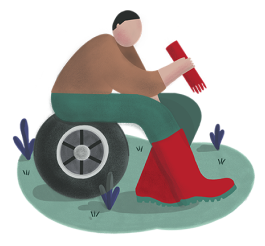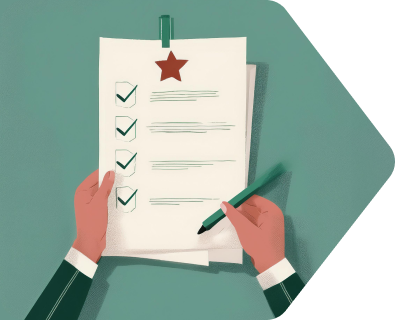A global collaboration making natural rubber sustainable
GPSNR brings together companies, smallholders, and civil society to make the natural rubber supply chain sustainable, equitable and fair.
How It Works
GPSNR member companies are ensuring that their supply chain adheres to the highest sustainability principles across all operations.
They do this by following an assurance system.
MEMBERS CONTRIBUTE AND SHARE COSTS OF SMALLHOLDER CAPACITY BUILDING
Companies contribute annually to a fund based on their NR consumption
Companies also make in-kind contributions
Industry-wide fund benefitting an entire supply chain

Leading to
- Building farmer capacity and resilience
- Monitoring and Evaluation of projects on the ground
- Further research and scaling successful projects for continuous improvement
Equity and sustainability and interwoven in GPSNR’s mission, and the impact of our capacity building is a testament to this.
Key Milestones
- All
- 2018
- 2019
- 2020
- 2021
- 2022
- 2023
- 2024
June
GPSNR members finalised an assurance model that gives them a stage based process to commit to, implement and verify sustainability practices in their operations. You can read more about this here.
July
Members approved a Shared Investment Framework which includes details on how companies will make annual financial and in-kind contributions to long term capacity building for natural rubber smallholders.
July
The GPSNR General Assembly approves the Shared Responsibility framework for the platform. This approach brings the entire industry closer to addressing inequity in a systemic, long-term approach, with well-defined goals and milestones.
July
GPSNR launched its quarterly podcast series ‘The Rubber Road’, with each episode focussing on a timely issue that the industry is grappling with.
February
The platform welcomed VF Corporation in its fold as GPSNR’s first member outside the automobile industry.
December
By the end of the year, five capacity building projects in Indonesia, Thailand and Cote d Ivoire coached almost 7500 smallholders on disease fighting, agroforestry and good agricultural practices.
October
In the 2023 General Assembly voted on a timeline to finalise the much awaited GPSNR Assurance Model along with pilot testing.
September
The assurance model task force and shared responsibility working group came together in Singapore to further the work of the structure of the GPSNR assurance model and the three pillars of the shared responsibility framework.
November
GPSNR Platform Director Stefano Savi presented the Shared Responsibility Framework on behalf of the entire industry at COP 27 at the UK Pavilion.
December
Natural rubber is included in the EU Deforestation regulation, and GPSNR continues to engage with relevant stakeholders within the EU and the industry to support the implementation of the regulation in a way that does not adversely affect smallholders and other downstream actors.
January
GPSNR welcomed 22 smallholders as members from Brazil, Ghana, Indonesia, Thailand, Vietnam and Côte d’Ivoire.
February
The GPSNR model of work was finalised. This included a revolving executive committee voted in every year and working groups that reported progress to the executive committee.
October
GPSNR is launched after many multi stakeholder workshops as an industry wide platform with membership from civil society, tire makers, producers, processors and traders and other end users.
March
The Policy Toolbox Working Group has selected a combined consultant team of Proforest and Are We There Yet to lead the development of the Implementation Guidance for GPSNR.
February
The Strategy and Objectives Working Group finalised the TOR for an Equity Sub Working group to work on developing a shared definition of equity and assessing the current level of equity (or lack thereof) across the natural rubber supply chain, with the help of studies on Living Wage and Living Income, which will then inform recommendations on what can be done to promote equity along the supply chain.
March
The first GPSNR General Assembly is held, finalising the Code of Conduct and Membership Statutes. Everyone who joined before GA 2019 was then considered a founding member.
April
The Strategy and Objectives Working Group finalises the Desired State document which defines the ideal outcomes and conditions that we aim to create in the natural rubber value chain.
March
The Capacity Building working group established several regional sub-Working Groups, each of which will be responsible for developing country-specific capacity building objectives.
July
The Smallholders Representation Working Group (SWG) was created and assigned to coordinate actions to identify and secure adequate smallholder representation within GPSNR.



